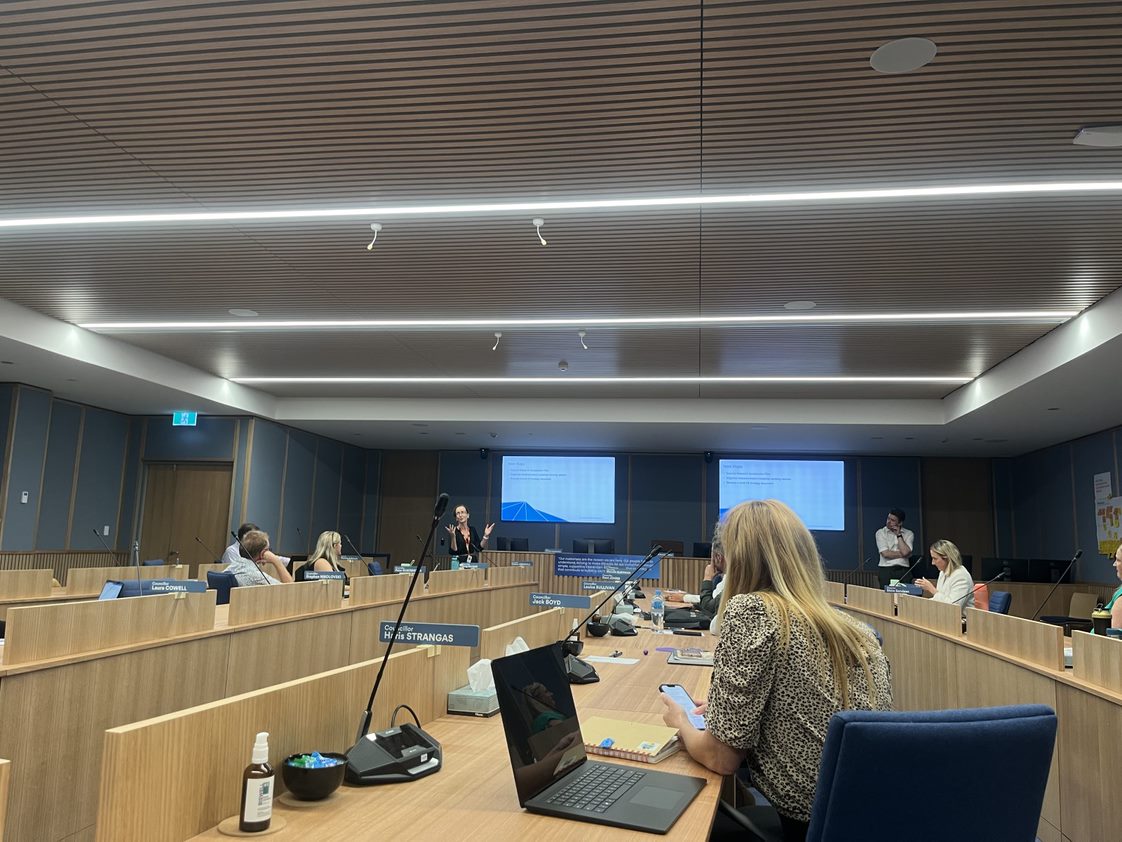Risk taking and innovation go hand in hand. Creating a new product or service to meet customer needs is challenging – it requires the innovator to be bold but empathetic, confident yet measured, risky but intelligent. Growing up we fail constantly, repeatedly falling over and over again in order to learn important lessons that build our character to who we are today. But at some point, along the way, these failures become stigmatised…what happens when you get your innovation completely wrong? The average person doesn’t walk around broadcasting their failures to the world because they are embarrassed that they haven’t succeeded. But preceding a success is often a failure. If we embrace failure, we can embrace intelligent risk taking, to innovate mindfully towards success.
Let’s take a closer look at both Coca-Cola and Kodak to see how intelligent risk taking in the face of failure plays out in the world of business.
Coca-Cola 1985: A Lesson in Risk Taking
On April 23, 1985, Coca-Cola took one of the biggest risks in consumer product history by announcing that it would reinvent the formula for the world’s most popular soft drink. Coca-Cola introduced New Coke, marking the first formula change in 99 years. What ensued was an unintended firestorm of protests and criticism by the media and the general public. The change is now regarded as one of the biggest marketing blunders of all time.
What got them here
The story of New Coke is often discussed, but the context in which the decision was made is not. Coca-Cola had always dominated the largest share of the cola market, easily outselling Pepsi with a market share of 60% in 1948. However, in 1984 that figure had reduced to just 21.8% with Pepsi’s consistently expanding 18.8% share gaining significant ground. A genius marketing campaign called the Pepsi Challenge in the early 1980s positioned Pepsi as the sweeter, youthful, energetic drink, poking fun at Coca-Cola for having an older, blander taste. Coca Cola needed to make a move. Their idea was to come up with a new formula that consumers would prefer over both old Coke and Pepsi. They needed to improve, so they had to take part in risk taking.
Poor Taste
The problem, as Coca-Cola perceived it, came down to the product itself. It wouldn’t make sense for the brand to continue old Coke alongside New Coke so the original formula was discontinued alongside the launch of the new one. Over 200,000 blind consumer tests overwhelmingly showed that people preferred the taste of New Coke when compared with old Coke and Pepsi. However, what these qualitative tests didn’t show was the intense bond and association that consumers felt with their Coca-Cola. Coca-Cola received more than 400,000 outraged calls and numerous stern letters from consumers in the ensuing days expressing their intense dissatisfaction with the new formula. After 79 days, Coke Classic was reintroduced to the shelves. It turned out that taste wasn’t the only factor that influenced consumer purchasing behaviour.
Deep Brand Association
Since its launch in the 1880s, Coca-Cola has amplified its ‘original’ status in various advertising campaigns “The only thing like Coca-Cola is Coca-Cola itself. It’s the real thing.” By launching New Coke, Coca-Cola completely contradicted the brand it had built over the past 99 years. To confine the brand’s identity to merely taste was a completely misguided approach. You can’t tell people that they have the “real thing” and then present them with a “new real thing”. Consumers purchasing in the Cola wars were identifying with the culture of either brand and changing the formula just confused consumer association.
Post-New Coke
Although this case is considered to be the biggest marketing blunder of all time, Coca-Cola enjoyed a large amount of success after reintroducing Coke Classic, re-establishing the brand as the market leader over Pepsi in an ironic turn of events. The tremendous amount of hype which surrounded the launch of New Coke (one estimate puts the value of New Coke’s free publicity at over US $10 million) resulted in a major resurgence in purchasing behaviour amongst Coca-Cola consumers. Coca-Cola continues to be the most popular cola drink on the market, dominating consumer behaviour. Even today, Coca-Cola celebrates its failure through a promotion with the third season of Netflix’s Stranger Things, promoting the drink as a collector’s item – the product even gets its own cameo scene with the characters debating which Coke tastes better. In the end, the risk taking not only taught the company a lesson, it improved the long term success of the product.
Kodak – 1975: A lesson in failure to take risks
Kodak, a technology company that dominated the photographic film during most of the 20th century blew its chance to lead the digital photography revolution after inventing it. In 1975, Steve Sasson, a Kodak engineer at the time was the first to create a digital camera, shot down by management as “cute”. Former vice-president of Kodak Don Strickland said; “We developed the world’s first consumer digital camera but we could not get approval to launch or sell it because of fear of the effects on the film market.” Steve Sasson was told that his technology was “cute” but was requested not to tell anybody about it.
The Tech
At the time, it took 50 milliseconds to capture the image but 23 seconds to record it to tape, according to the Times. Then Sasson would put the cassette into a player, which would take a further 30 seconds to put up a 100 by 100 pixel black and white image. The Times writes that the device was a strange mishmash of parts: a digital cassette recorder, a Super-8 movie camera, an analogue-digital converter, and other components connected through a handful of circuit boards.
Too Disruptive?
Kodak didn’t discard the digital film camera because they didn’t believe in its success, they were actually fearful of how successful it could become. At the time, Kodak was the market leader at every stage of the photographic process and introducing film would cannibalise the market they had worked so hard to dominate. Unfortunately for Kodak, their nearsighted view that they were in the film business and not the storytelling business lead them to believe that they could protect their share of the market. Sony and Canon saw the opening and charged ahead with their own digital cameras. When Kodak realised their mistake, it was too late and the company saw a sharp decline in market share. In 2012, Kodak filed for bankruptcy. The company’s inherent bias against risk taking ironically led to its eventual demise.
Lesson to be learnt?
Companies must adapt to the requirements of the consumer market, even if it means competing with themselves. Survival by continuing to do what has always been done is not a viable strategy in today’s marketplace. In this environment, companies must strive for greatness and not just preference amongst existing options. Marketing is not just the art of selling products as both Coca-Cola and Kodak perceived…it’s about keeping the company relevant to customer needs, even if that means taking a leap of faith. Had Kodak taken the risk to test the digital marketplace with the very first digital camera in history they may have been at the forefront of digital SLR cameras today, and despite cannibalising their own film market, they would be leading the storytelling future. If Coca-Cola had refrained from risk taking and not launched the ‘new coke’ campaign, Pepsi may very well have overtaken it as the market leader. In an ever changing, turbulent business landscape, approaching marketing from the perspective of products and services alone is not enough to effectively engage consumers. Intelligent risktaking is required to keep our business relevant, sitting around and continuing the same methods that have worked for years is worse than failing over and over again. In the 21st century you learn and achieve nothing from standing still.
Are you following us on social media?LinkedInInstagram
Contact Us
Have any questions? Want to know how we can help you and your organisation? Contact us using this form.
We can work with you to design and support implementation of a strategy for your business unit, for your entire organisation, or for any segment of your organisation where a fresh approach will add value.
We will use a combination of globally-recognised leading-edge processes, coupled with our proprietary validated toolbox to develop a bespoke, customised strategy, which we can assist you in implementing, that will deliver tangible impact and value to your organisation and your customers.
We have been designing and implementing strategy solutions since 2003 and we have the expertise and the experience not only to deliver, but to overdeliver.
Join 10,000 others who want the latest insights, tools, tips and resources. We help you get better results by staying on top of the latest methodologies and thinking.











